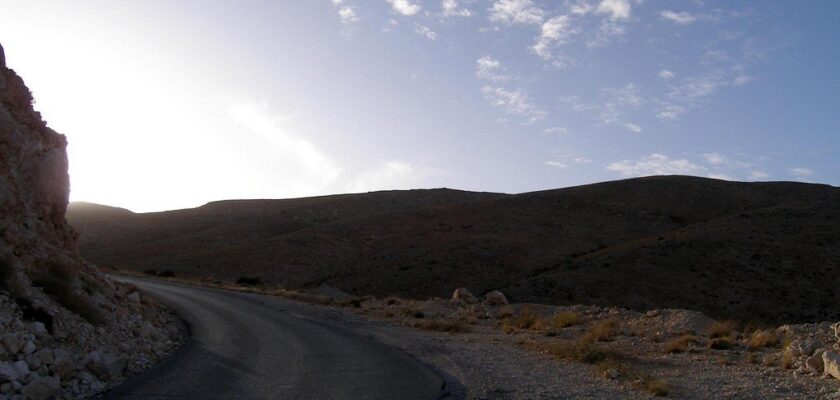Beqaa Valley
Beqaa Valley is a picturesque area in the eastern part of modern Lebanon, 30 kilometers from Beirut. The mild Mediterranean climate with warm summers and snowy winters makes the area the country’s main agricultural resource. The region is the northern extension of the rift valley that stretches across East Africa, all the way to the Red Sea.
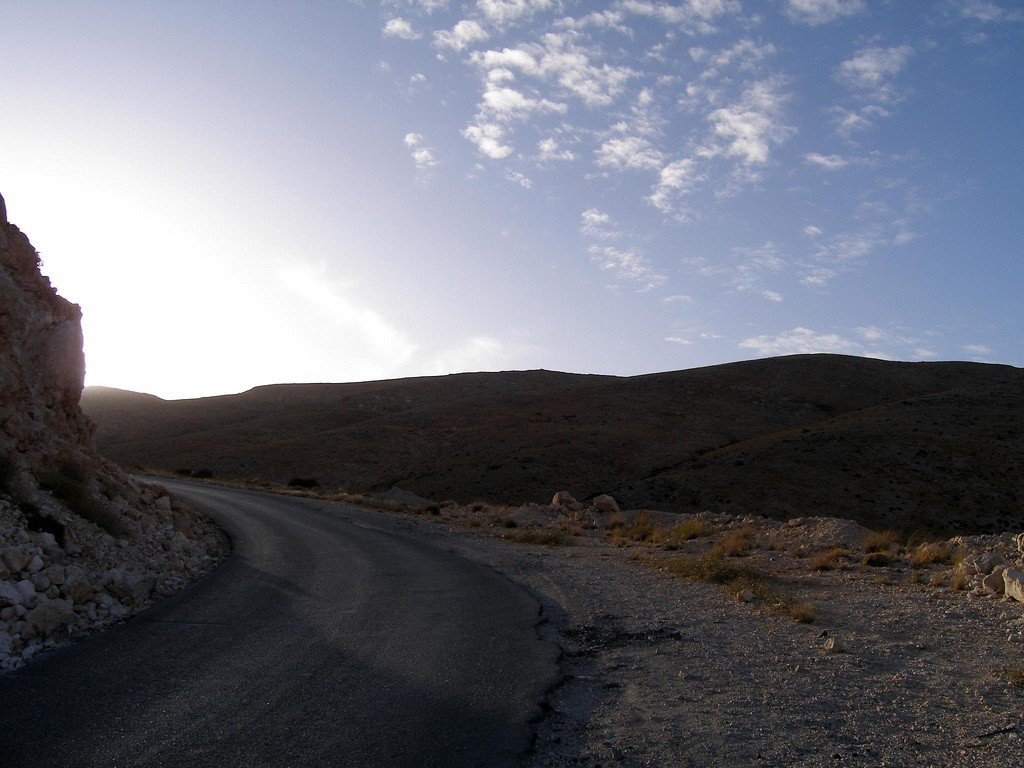
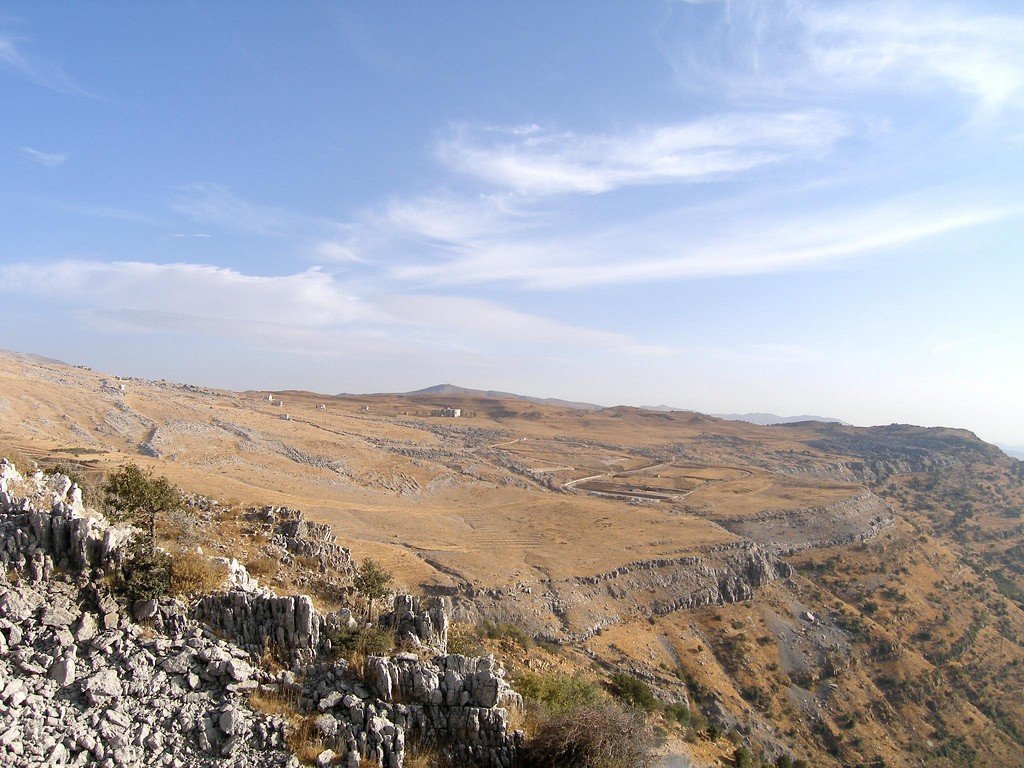
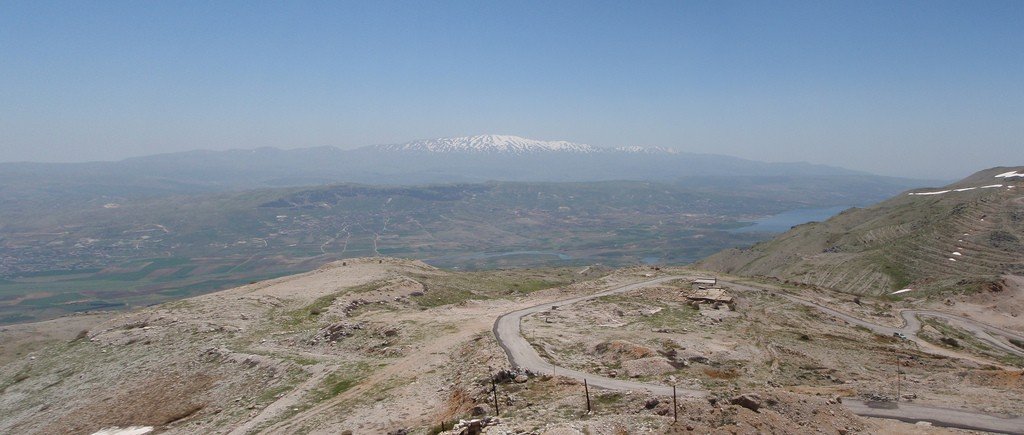
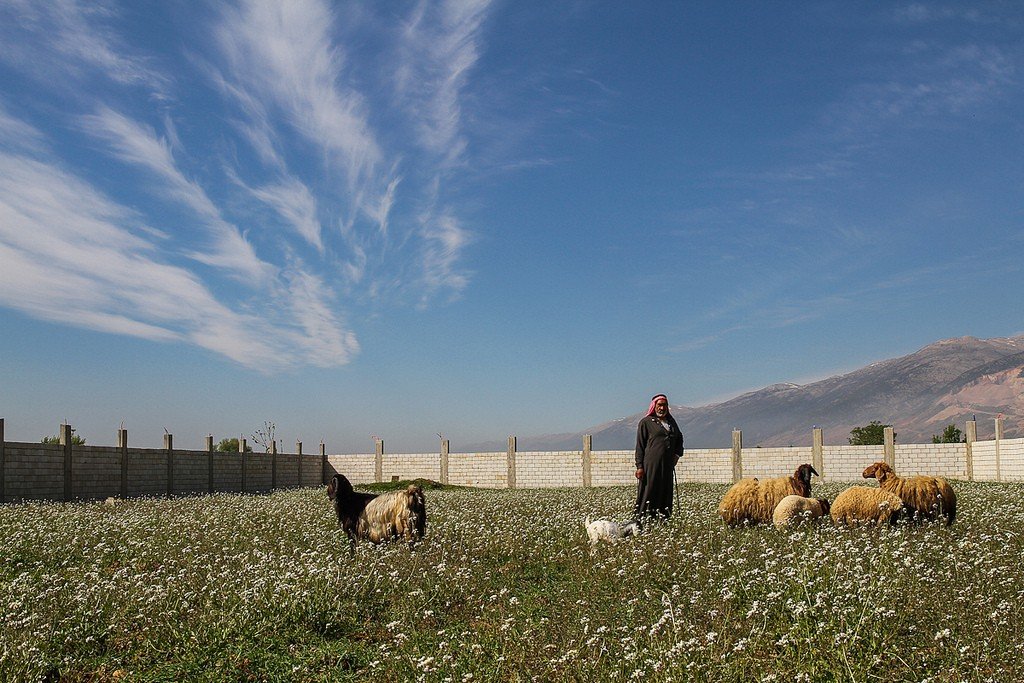
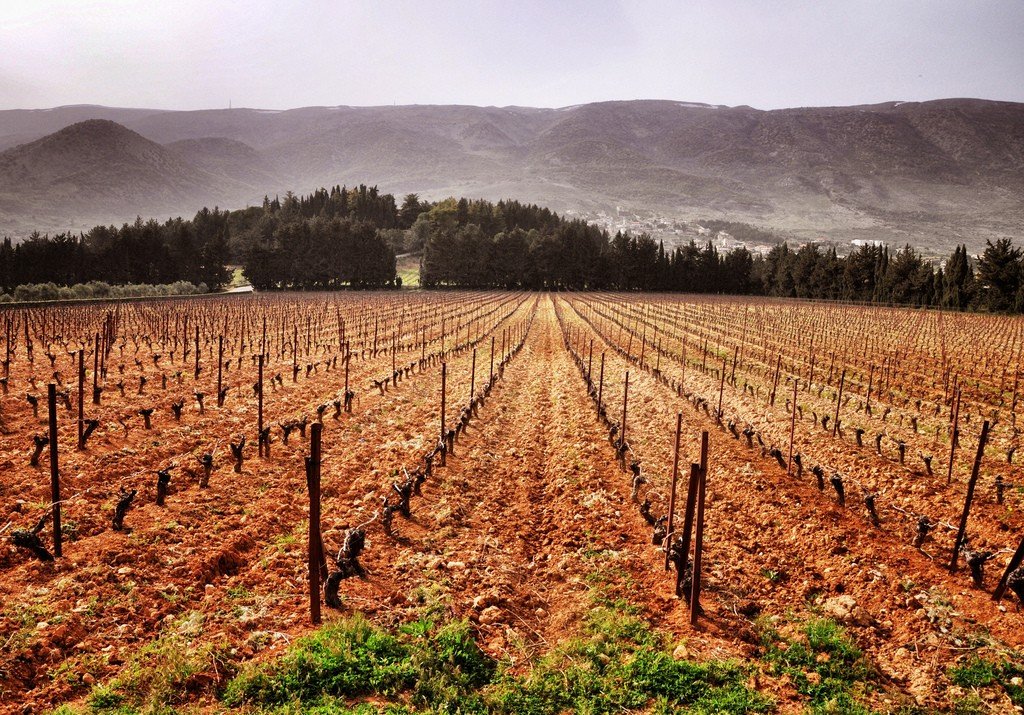
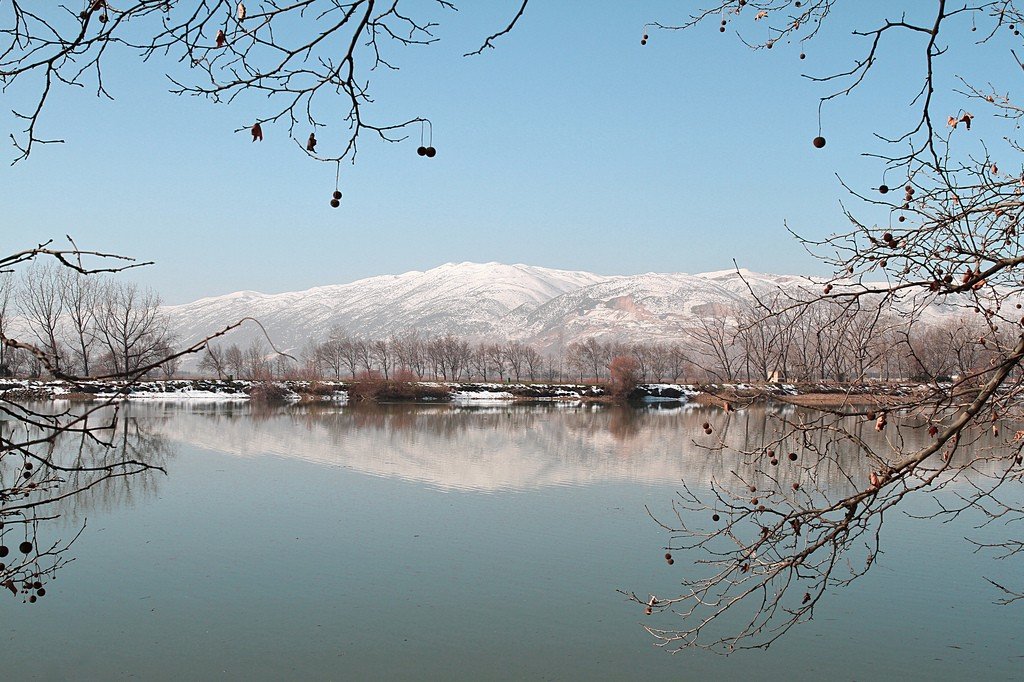
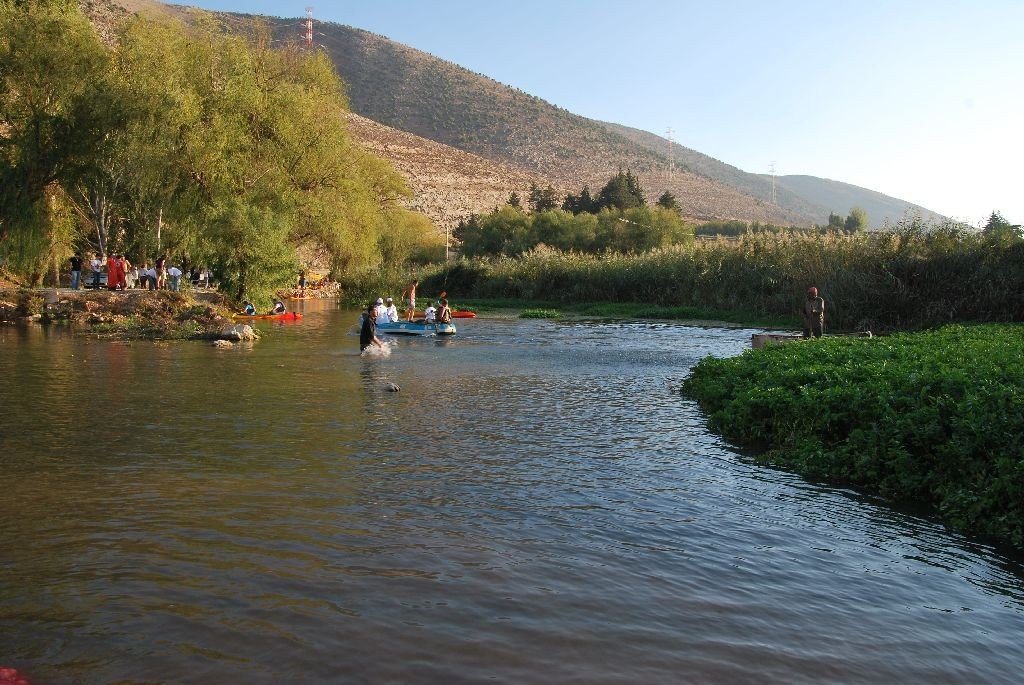
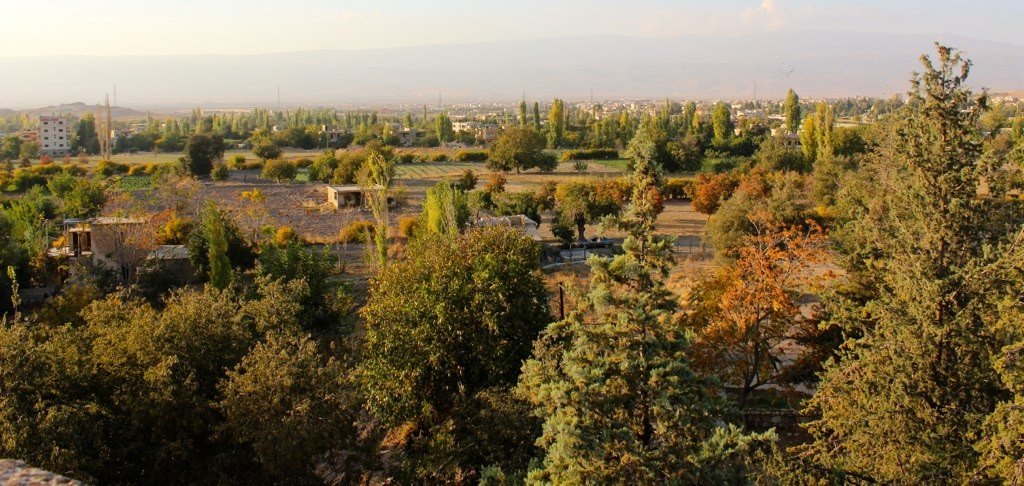
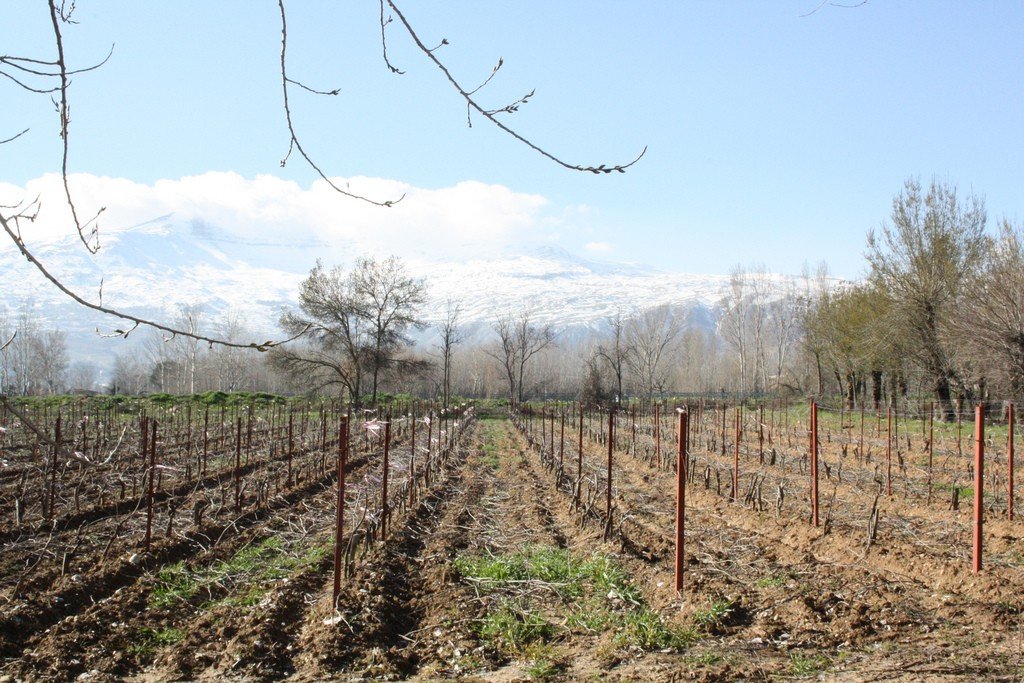
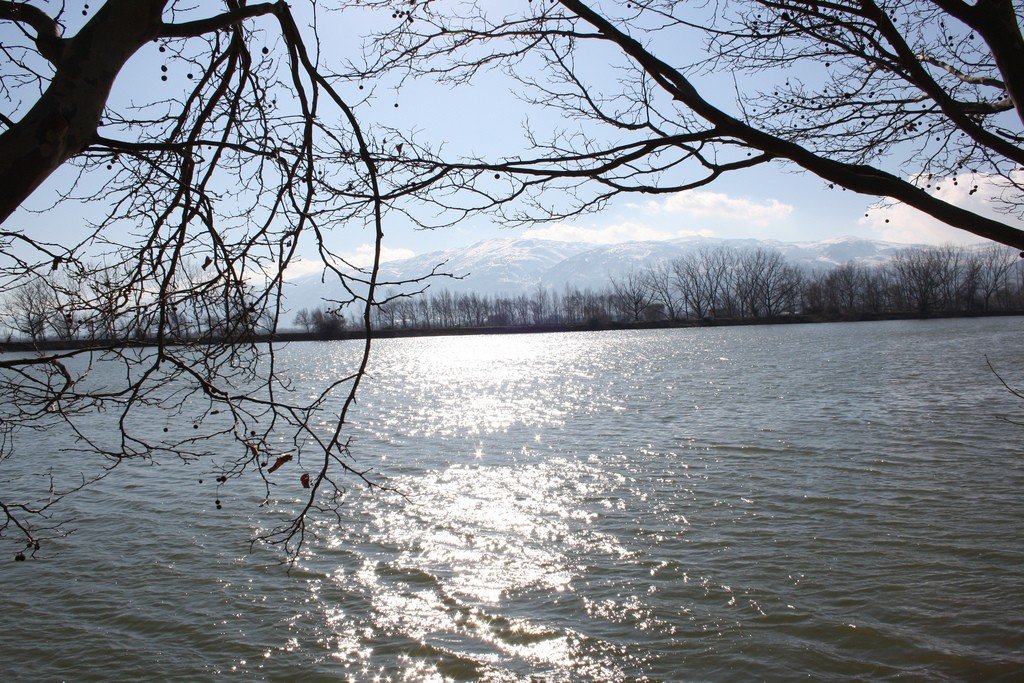
Highlights
The Bekaa Valley lies between the Lebanon and Antelivan mountain ranges, which provide weather conditions unique to the mainland. The valley is 120 kilometers long and an average width of 16 kilometers and contains more than 40% of the country’s total cultivated land. The Litani and Orontes rivers, which flow into the Mediterranean Sea and carry water to Turkey and Syria, are born here.
.
The drier northern part of the Bekaa Valley is used by nomadic peoples as pasture for cattle, while the fertile southern tip has been planted with corn, vegetables, wheat, and cotton since the 1st century BC. For more than 6,000 years, grapes and fruits have been grown here, and marijuana and opium have been cultivated illegally.
.
In ancient times, this region was called Coele-Syria. The main city of the Bekaa Valley is the cosmopolitan Zahle. The history of the region is rich in wars and economic upheavals, for which many locals prefer to migrate to calmer countries.
.
What to see in the Bekaa Valley
The ancient city of Baalbek is named after the Canaanite deity Baal, but was known as Geopolis during Roman rule. There is a large temple complex here, including sanctuaries of Jupiter, the Sun, Venus, and Bacchus. Today, an annual international arts festival is held at the ancient Roman ruins.
.In Anjar, tourists can visit the ruins of the ancient Umayad Caliphate. In Zahle, the Mary Bekaa Church is located, offering breathtaking panoramas of the valley. While in this city, be sure to visit the Wadi Araesh neighborhood, famous for its excellent restaurants..
In Herbet Ruha, travelers can admire the country’s tallest minaret. Beshuat is home to a major Christian shrine, the Shrine of the Mother of God. The village settlement of Kamid al-Lauz attracts tourists with mysterious ruins from the times of Phoenician rule. The town of Hermel is included in travel guides to Lebanon thanks to its tall pyramidal tower. In Topi Aamik, travelers can see many species of colorful butterflies and migratory birds. The southern end of the Bekaa Valley produces wine that tastes as good as French brands.
.